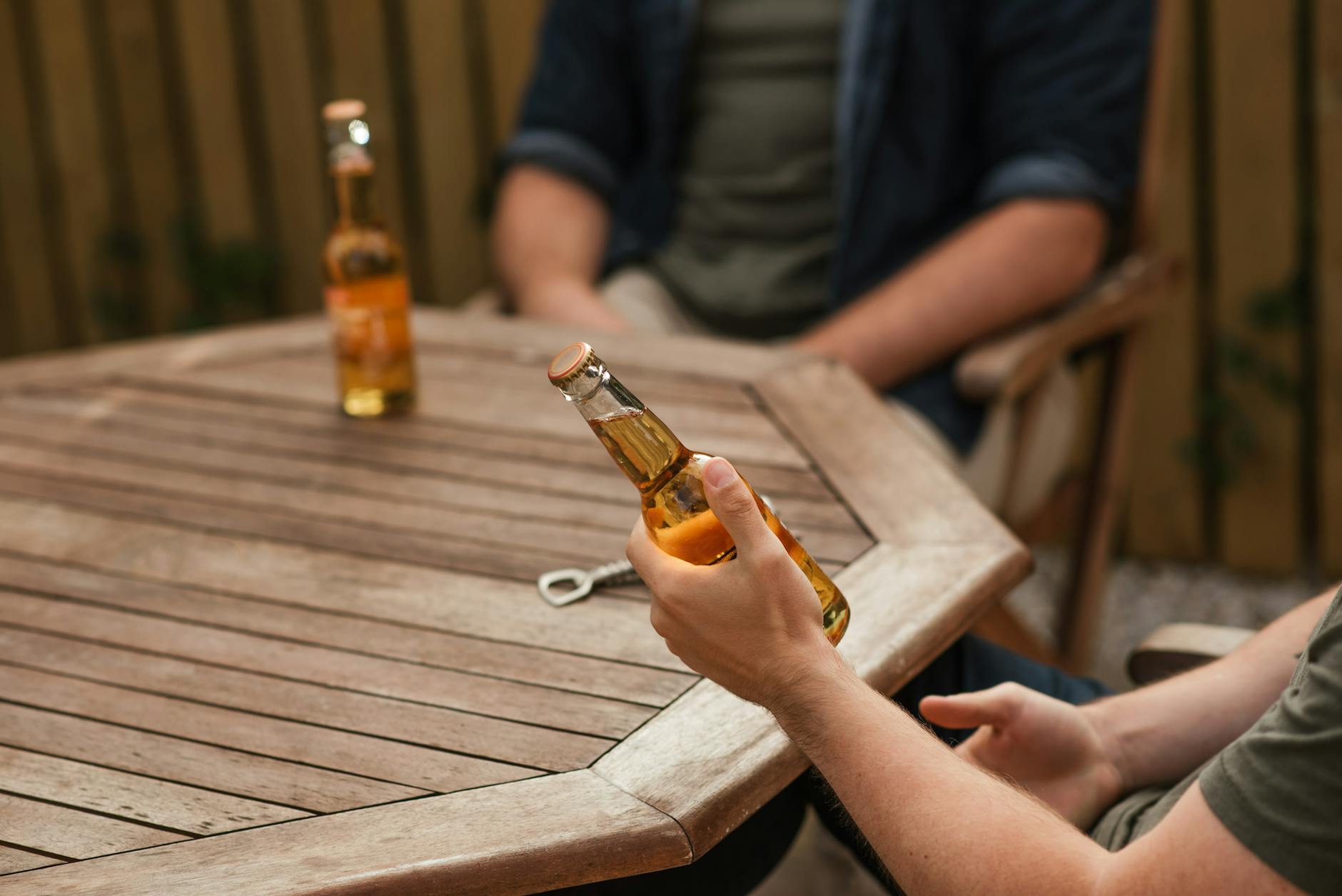Delve into the science behind alcohol intoxication and discover how your favorite drink goes from barley to getting you buzzed.
Table of Contents
Have you ever found yourself pondering the age-old question: “How many beers does it take to get drunk?” It’s a query that has crossed the minds of many curious individuals seeking to understand the complexities of alcohol intoxication. In this blog post, we will dive deep into the science behind alcohol metabolism, individual tolerance levels, and the various factors that influence intoxication levels. So, grab a cold one and join us on this exploration of the journey from barley to buzzed.
Understanding Alcohol Metabolism
Alcohol metabolism is a fascinating process that takes place in our bodies when we consume alcoholic beverages. Once you take a sip of that beer, the alcohol enters your stomach and small intestine, where it is absorbed into the bloodstream. From there, the alcohol makes its way to the liver, where the magic of metabolism happens.
The liver contains enzymes that help break down alcohol into acetaldehyde and then into acetate, which can be further metabolized and eventually eliminated from the body. The rate at which the liver processes alcohol can vary from person to person, and factors such as weight, age, and gender can influence this process.
Individual Tolerance Levels
Why is it that some people can handle more alcohol than others before feeling the effects of intoxication? The answer lies in individual tolerance levels, which are influenced by a variety of factors. Genetics play a significant role in determining how efficiently your body metabolizes alcohol.
Additionally, your drinking history can impact your tolerance levels. Regular drinkers may develop a higher tolerance to alcohol over time, requiring more drinks to feel the same level of intoxication. On the other hand, occasional drinkers or those with a lower tolerance may feel the effects of alcohol more quickly and intensely.
Factors Influencing Intoxication
It’s not just about how many beers you drink; several other factors can influence your level of intoxication. One key factor is food consumption. Eating a meal before or while drinking can slow down the absorption of alcohol into the bloodstream, potentially reducing the effects of intoxication.
Hydration is another crucial factor to consider. Alcohol is a diuretic, meaning it can lead to dehydration. Staying hydrated while drinking can help mitigate the dehydrating effects of alcohol and may lessen the severity of a hangover the next day.
Finally, mixing alcohol with other substances can amplify its effects. Combining alcohol with medications, illicit drugs, or even different types of alcohol can increase the risk of negative outcomes and intensify intoxication levels. Binge drinking, defined as consuming a large amount of alcohol in a short period, can have serious health consequences and significantly raise blood alcohol levels.
So, the next time you find yourself wondering how many beers it takes to get drunk, remember that the answer is not as simple as a one-size-fits-all number. By understanding the science behind alcohol metabolism, individual tolerance levels, and the various factors that influence intoxication, you can make more informed decisions about your alcohol consumption and prioritize your health and well-being.
FAQ
How long does it take for alcohol to be metabolized by the body?
The average rate of alcohol metabolism is about one standard drink per hour. However, individual factors such as weight, gender, and liver function can affect this process.
Does the type of alcohol consumed affect intoxication levels?
The type of alcohol does not significantly impact intoxication levels. It’s the alcohol content in the drink that matters, regardless of whether it’s beer, wine, or spirits.
What is a standard drink?
A standard drink typically contains about 14 grams of pure alcohol, equivalent to 12 ounces of beer, 5 ounces of wine, or 1.5 ounces of distilled spirits.
How can I sober up quickly after drinking alcohol?
There is no foolproof way to speed up the metabolism of alcohol. Time is the best remedy, as the body needs time to process and eliminate alcohol. Drinking water, eating, and getting rest can help alleviate some symptoms of intoxication.
Generated by Texta.ai Blog Automation


Leave a Reply